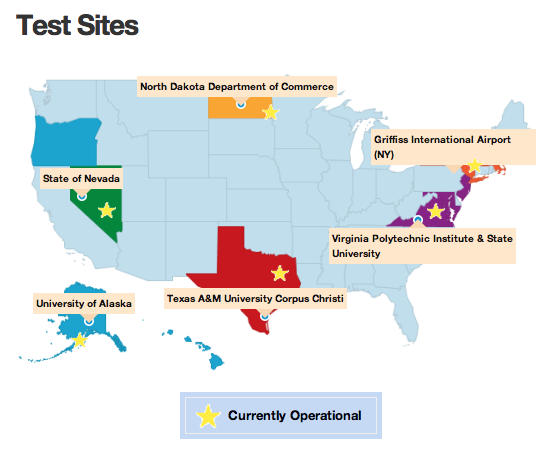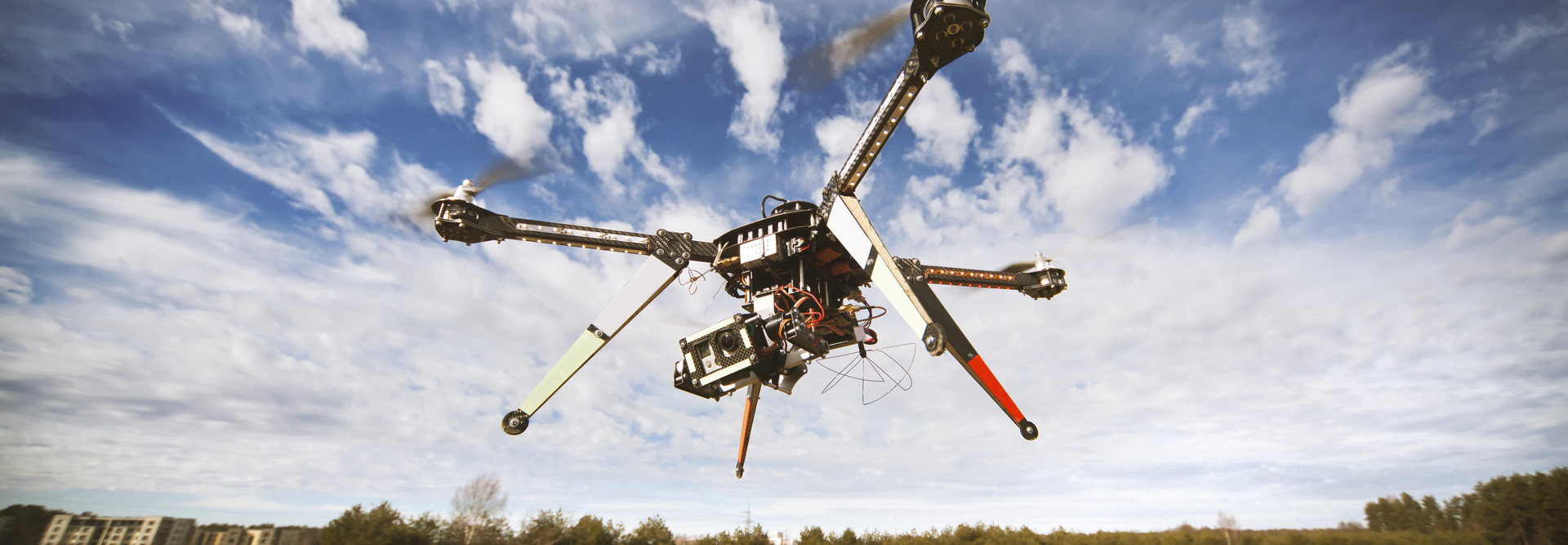States Move Forward with Drone Testing Programs
The Federal Aviation Administration reached a major milestone in its quest to safely integrate unmanned aircraft systems (UASs) into the nation’s airspace by September 2015.
As of last week, all six FAA-designated test sites tasked with conducting safety and technical research were declared operational. These sites are key to guiding the FAA’s UAS research programs, which will assist the agency in meeting the 2015 congressionally mandated deadline for drone integration. Virginia Tech’s UAS test site program was the final site to stand up operations, and research will take place in Virginia, New Jersey and Maryland.
The year the FAA first authorized use of unmanned aircraft in the National Airspace System (NAS)
SOURCE: Federal Aviation Adminsitration
“The test sites, in general, are focusing on aviation applications for dull, dangerous, and dirty jobs where people are at risk,” Rose Mooney, executive director of the Virginia Tech/ Mid Atlantic Aviation Partnership, told StateTech. The university and its partners will study how drones can be used for roof inspections and utility inspections, search and rescue missions and even broadcasting, Mooney said.
The university isn't a newcomer to the world of unmanned aircraft research, said John Pastor, director of research communications. In fact, Virginia Tech's research includes the use of UASs to collect air samples and learn more about microbial life in the clouds. At a recent event marking the launch of the FAA test site, the university demonstrated how an unmanned aerial vehicle could be used to gather information at a traffic accident involving a hazardous materials spill.
At the University of Alaska’s test ranges, for example, research will focus on developing standards for unmanned aircraft categories, state monitoring and navigation, as well as safety standards for unmanned aircraft operations, according to the FAA.
Here’s a map of the six test sites.

Launching a test site is just the beginning. In Nevada, drone testing is off to a slow start, the Las Vegas Review-Journal reported. “Flight testing was originally seen as the primary source of revenue, but it won’t ramp up as quickly as first thought,” Steve Hill, executive director of the Governor’s Office of Economic Development, told the news outlet.
Officials in other states are hopeful that the UAS industry will bring big business to their local economies. Virginia Gov. Terry McAuliffe thinks the industry could generate about $ 6 billion and 8,000 jobs in the state, according to the Richmond Times-Dispatch.
While the FAA is making progress toward the 2015 deadline, an inspector general’s audit released in June reveals the agency is “significantly behind schedule in meeting most of the UAS-related provisions of the FAA Modernization and Reform Act.” The IG report cited “unresolved technological, regulatory, and privacy issues” as the cause, adding that these barriers will prevent the agency from meeting its deadline.
When asked by FedScoop about the IG report, FAA Administrator Michael Huerta said, “Our focus is in ensuring that we can safely integrate unmanned aircraft into the national airspace system. We’re well aware of the 2015 mandate, and it’s something that we’re working very hard to meet, but Congress gave us two requirements: to demonstrate integration and to demonstrate that it can be done safely, and that’s our highest priority.”
Plans for the FAA Center of Excellence for Unmanned Aircraft Systems
Next up for the FAA: establishing a Center of Excellence (COE) for unmanned aircraft systems. Congress mandated the creation of the COE as part of the Consolidated Appropriations Act of 2014. The agency will use a competitive process to select a COE within the next year.
The FAA gave interested parties until Aug. 22 to indicate whether they would apply to be named as the COE. The center will focus on several research topics, including air traffic control interoperability and privacy practices for UAS operations. The FAA has committed to provide the center with at least $500,000 in annual funding over the next 10 years.









